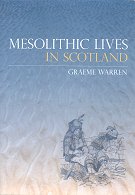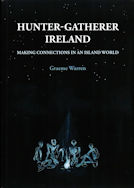This book seeks to redress some of this loss. Introducing a rich variety of evidence, from pollen analysis through to deliberate deposition of human bones, Graeme Warren’s account focuses on understandings of landscape, skilled practices such as seafaring, scales of community, and the routines that constituted the fundamental rhythms of life. Other discussions include environmental and landscape change, appropriate scales and methods of analysis, and interpreting mesolithic stone tool manufacture. Written for the general reader, evening class student, undergraduate or postgraduate student and a professional audience, and including the latest research, this book offers a vivid archaeology of the distant past that can be found in some very familiar places in the Scottish landscape.




